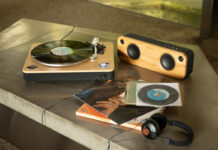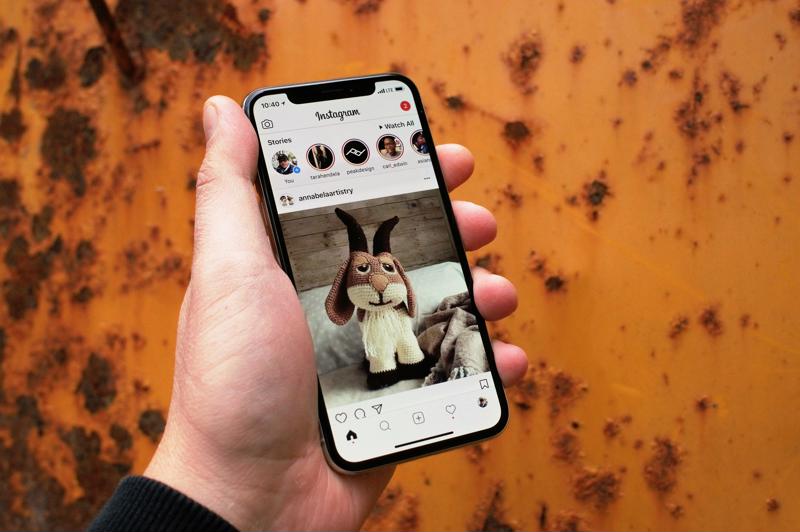 Apple iPhones have long been celebrated as having some of the best cameras. They are consistently the top shooters in photo sharing site Flickr and Instagram. iPhone cameras stand out because of the great hardware and optics as well as the sheer computational power of the software which ensures the best possible photo or video is produced.
Apple iPhones have long been celebrated as having some of the best cameras. They are consistently the top shooters in photo sharing site Flickr and Instagram. iPhone cameras stand out because of the great hardware and optics as well as the sheer computational power of the software which ensures the best possible photo or video is produced.
The software as well as the Apple-designed image signal processor (ISP) actively detects elements in a scene. This includes people, motion and lighting conditions which are optimized even before the photo is taken. This signal processor, which works with the Apple A11 Bionic processor to quickly enable wide colour capture, faster autofocus and HDR (High Dynamic Range) effects on the fly.
This is machine learning in action. Apple’s VP for Marketing Phil Schiller noted each time an iPhone takes a picture; the camera performs a hundred billion operations in a matter of 25 milliseconds. What happens is that the iPhone camera takes multiple photos of a moment and can fuse them into the best possible outcome to take the perfect image.
Dual Camera Advantage
The latest flagship iPhones, the iPhone 8 Plus and the iPhone X both feature dual-cameras. You get a 12-megapixel wide angle and a telephoto camera. The wide angle is the most common and is like iPhone 8’s single camera. When you need to get closer to the subject, the 2X telephoto camera acts like a zoom to achieve the desired effect.
These phones excel in creating a ‘Portrait Mode’ which is a setting that uses both the wide angle and the telephoto to take a photo of the subject and the background. The iPhone X and iPhone 8 Plus then use the image processor to separate the subject and blur the background.
I’ve used Portrait Mode for more than portraits. I find that it is great for getting macro shots of plants and insects and can capture dramatic detail.
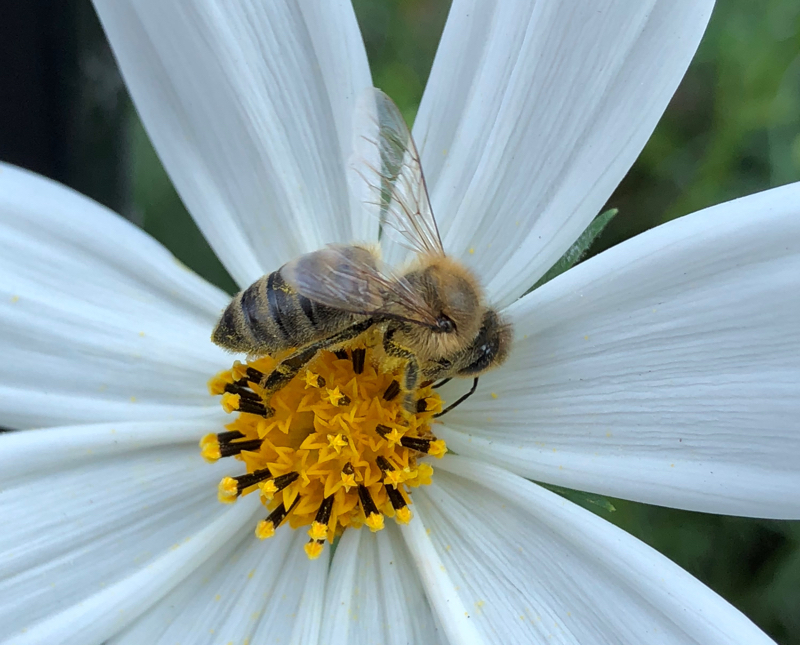
The effect is like a portrait photo taken with a DLSR using a prime lens and offers a ‘bokeh’ effect which makes the subject look sharper while the background is a soft blur of colours. Since this is an emulation using both lenses and some computational photography, your results may vary.
I’ve taken hundreds of portrait mode photos on iPhones and in well-lit conditions, they can be stunning enough that they look like they were shot on a professional camera setup. At times, however, the finer details like hair and skin can be blurred as well, which makes the photos look a bit weird.
A Studio in your Pocket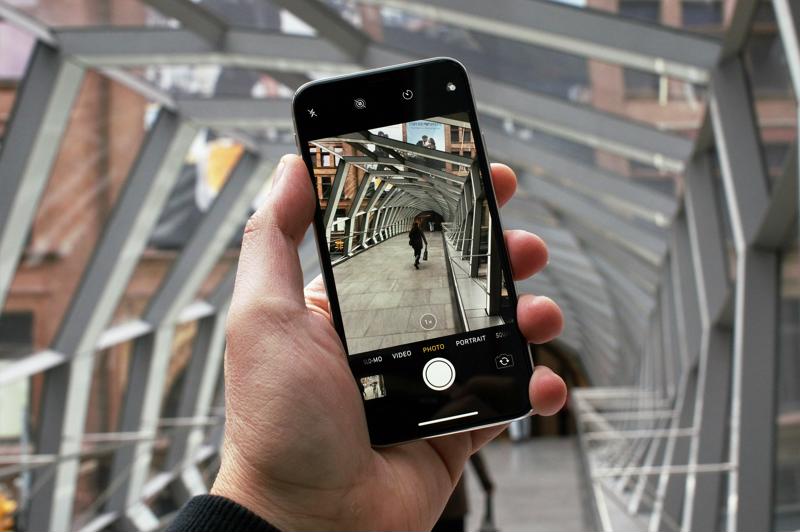
Aside from portrait mode on the iPhone X and the iPhone 8 Plus, Apple has added a Portrait Lighting feature. Again, using both cameras to shoot the subject and the background, this next-level feature can simulate various lighting effects usually seen in photography studios.
These settings are easily accessible in the camera app with portrait right next to the regular photo setting. Note that for Portrait Mode to work properly, there needs to be at least over a foot of distance from the subject. Better if the background offers colour or textural contrast, this makes for better separation.
Using research into the art and science of portraiture, the Portrait Lighting uses the facial detection and depth maps to capture photos with a focus on shadows, spotlight effects and more. Shooting one photo, you can edit using Studio Lighting and choose Natural Light, Studio Light, Contour Light, Stage Light or Stage Light Mono.
Natural Light is a good effect for an outdoor portrait and really sharpens the subject. Studio Light is a bit more dramatic but looks somewhat processed, it does look like the subject was lit with studio lights.
Contour Light highlights contrast between light and shade while Stage Light and Stage Light Mono completely erase the background and replace it with a moody black background.
Effects that took hours now take seconds to create
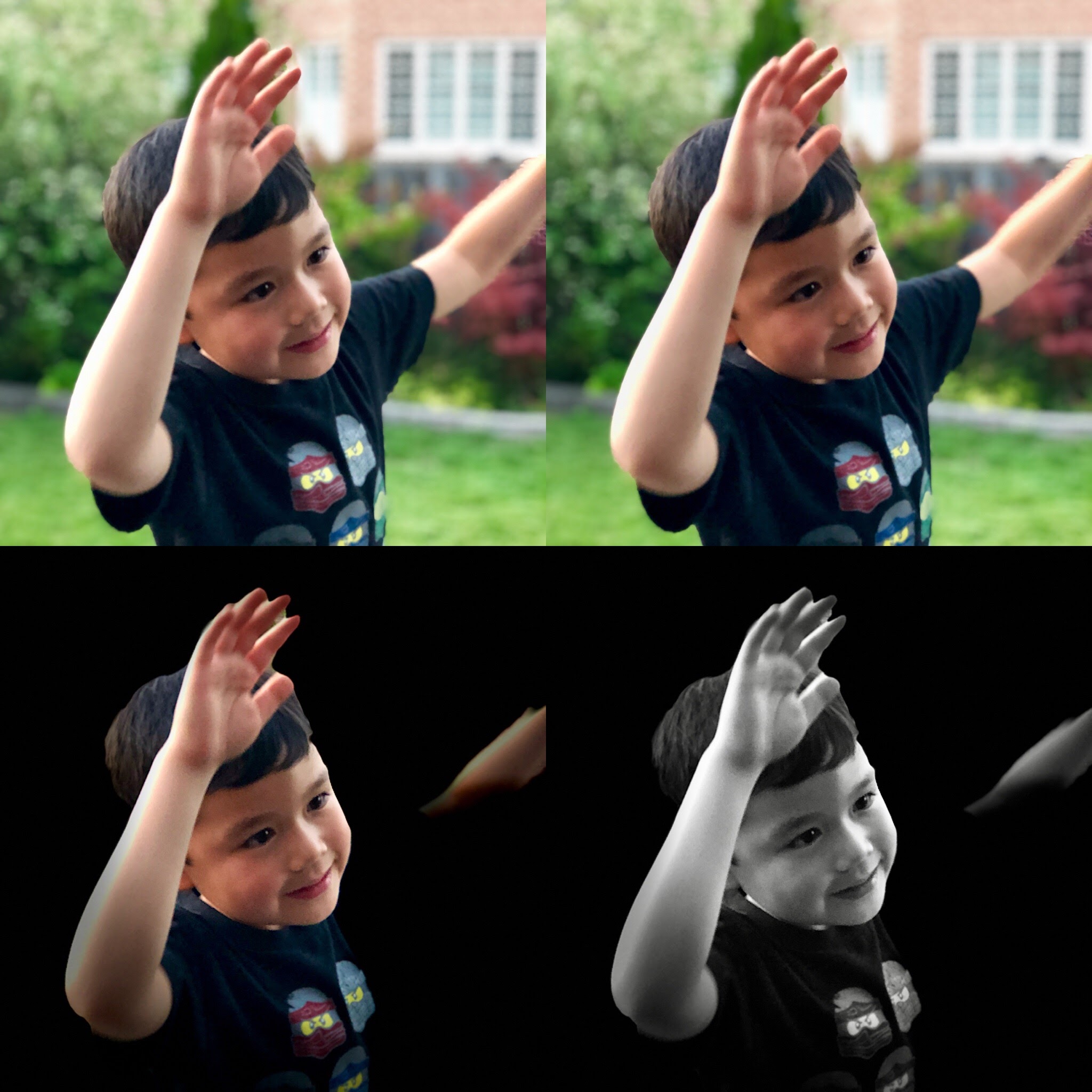
The great thing about these features in iPhone X and iPhone 8 Plus is that you can cycle through them in real time and see which one suits the photo best.
The power of digital photography, as well as machine learning, is that the iPhone can shoot more photographic data that it needs, and it can manipulate certain aspects of the image to desired effect.
Consider the amount of makeup, lighting, testing and adjustment that usually goes into a studio photo portrait and this feature are truly remarkable. Even trying to approximate these effects in a program like Adobe Photoshop would take hours and various masks, layers and expensive plug-ins to pull off.
When the Portrait Mode and Portrait Lighting features work on the iPhone X and iPhone 8 Plus, it really is like having a studio in your pocket. Even better, you can quickly share or even print your portrait within minutes.
Selfie Studio
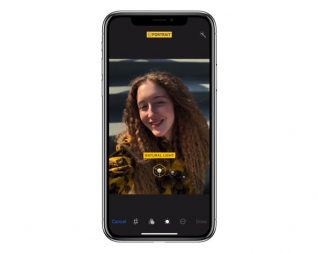
Understanding how we like to take selfies, Apple has enabled the iPhone X and iPhone 8 Plus with front-facing cameras. Using the 7 megapixels ‘FaceTime HD’ camera and in-camera post processing you can create some truly shareable selfies.
This is because the iPhones now use the entire display as a Retina Flash, meaning they can light you up and adjust depending on ambient light using the display.
Wide colour capture and pixel technology as well as enhanced image stabilization make sure that you get a sharp selfie worth keeping.
A world of photography apps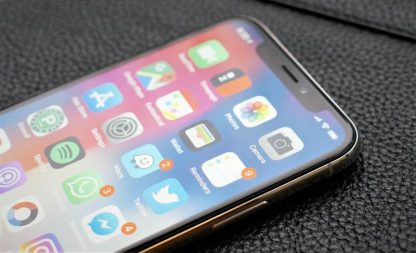
This is just taking into consideration the stock features and apps offered by Apple out of the box. There are a ton of third party apps that can take your photos to the next level.
There are many notable photography apps worth checking out. Instagram has become a bit more about advertising, but it is still the most natural way to quickly edit and share photos, the filters and adjustment controls offered by Instagram are quite substantial.
I like to use SnapSeed for its range of controls and ability to bring out details and light. Prisma, which uses filters and painting effects to make photos looks more artsy, it’s quite amazing to see how much you can change a photo with these effects. RAW is a photography app that shoots images in the RAW format, this takes as much photo data as possible (resulting in a larger file size) which is more editable in post-production (i.e. Photoshop).
Apple doesn’t allow RAW capture, but the RAW app makes this possible and if you want to create larger format prints, this is an app worth considering.
Conclusion
Apple’s iPhone X and iPhone 8 Plus feature dual cameras as well as the Apple A11 Bionic processor which enables quick computational photography that ensures the best possible photos.
Portrait Mode as well as Studio Lighting are iPhone features that approximate the depth of field ‘bokeh’ of a prime lens and DSLR or Mirror less camera as well as various studio lighting features. This puts a lot of power in user’s hands and enables the creation of truly phenomenal photos and selfies.

